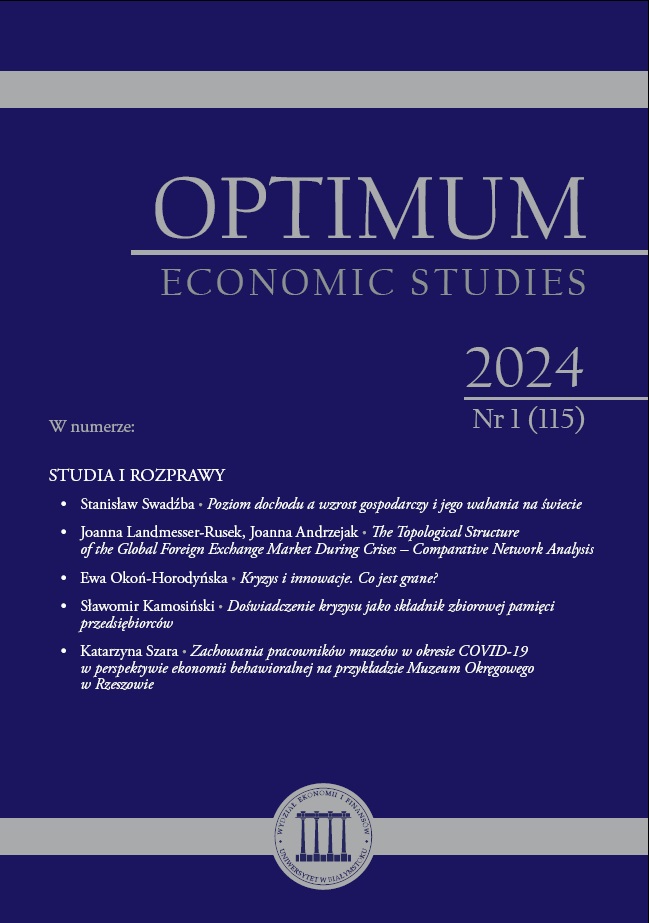KREDYTY HIPOTECZNE O STAŁEJ ORAZ OKRESOWO STAŁEJ
STOPIE PROCENTOWEJ – OCENA DOTYCHCZASOWEJ POLITYKI
REGULACYJNEJ ORAZ REKOMENDACJE DLA NIEJ
FIXED AND PERIODICALLY FIXED RATE MORTGAGES –
EVALUATION OF CURRENT REGULATORY POLICY
AND RECOMMENDATIONS FOR IT
Author(s): JAKUB KUCHNO, Paweł NiedziółkaSubject(s): National Economy, Public Finances, Socio-Economic Research
Published by: Wydawnictwo Uniwersytetu w Białymstoku
Keywords: mortgage; fixed interest rate; supervisory institution; regulatory policy; financial stability;
Summary/Abstract: Purpose – The purpose of this paper is to identify the channels of impact of the grow‑ing volume of fixed‑rate or periodically fixed‑rate mortgages on stability of the bankingsector, which may be threatened by the materialisation of credit and legal risks associatedwith the mortgage loan portfolio and to formulate recommendations for regulatory policyfor banks offering mortgages.Research method – The method used was that of analysing statistical data and infer‑ring from it, a critical analysis of the literature on the subject and a positive economicanalysis of the law.Results – Fixed‑rate and periodically fixed‑rate mortgage lending by banks does notnecessarily contribute to stability of the banking sector, and consequently also financialstability. This is because, on the one hand, in an environment of rising interest rates,a portfolio of fixed‑rate mortgages generates lower credit risk, while, on the other hand,prepayments made in an environment of falling interest rates have a negative impact onbanks’ performance. On the top of that the offer of periodically fixed‑rate loans raises therisk of a spike in borrowers’ instalments. In relation with that regulatory policy should consider the current and expected level of interest rates, taking into account the type offixed rate, the total cost of the mortgage over its lifetime and the risk of payment spikes thata borrower using a periodically fixed rate loan may experience. In addition, the regulatoryauthorities can be expected to harmonise the reporting obligations of loan companies sothat banks’ assessment of creditworthiness includes an analysis of all borrowers’ obligationsand behavioural aspects arising from an analysis of the track record of relationships withloan firms. Another challenge is the need to harmonise bank standards on the sourcesof income taken into account in the creditworthiness assessment. It is up to supervisoryregulation to determine whether cost‑reducing, more predictable fixed‑rate mortgageswill contribute to financial stability.Originality / value / implications / recommendations – The paper provides recommenda‑tions for regulatory policy on the offering of fixed or periodically fixed‑rate mortgages bybanks, taking into account macroeconomic and idiosyncratic factors. It is the first studyaimed at identifying future risks of inadequacy between the fixed‑rate ‑based structure ofnew mortgage lending and expectations of inflation and changes in market interest rates.
Journal: Optimum. Economic Studies
- Issue Year: 115/2024
- Issue No: 1
- Page Range: 154-183
- Page Count: 30
- Language: Polish

